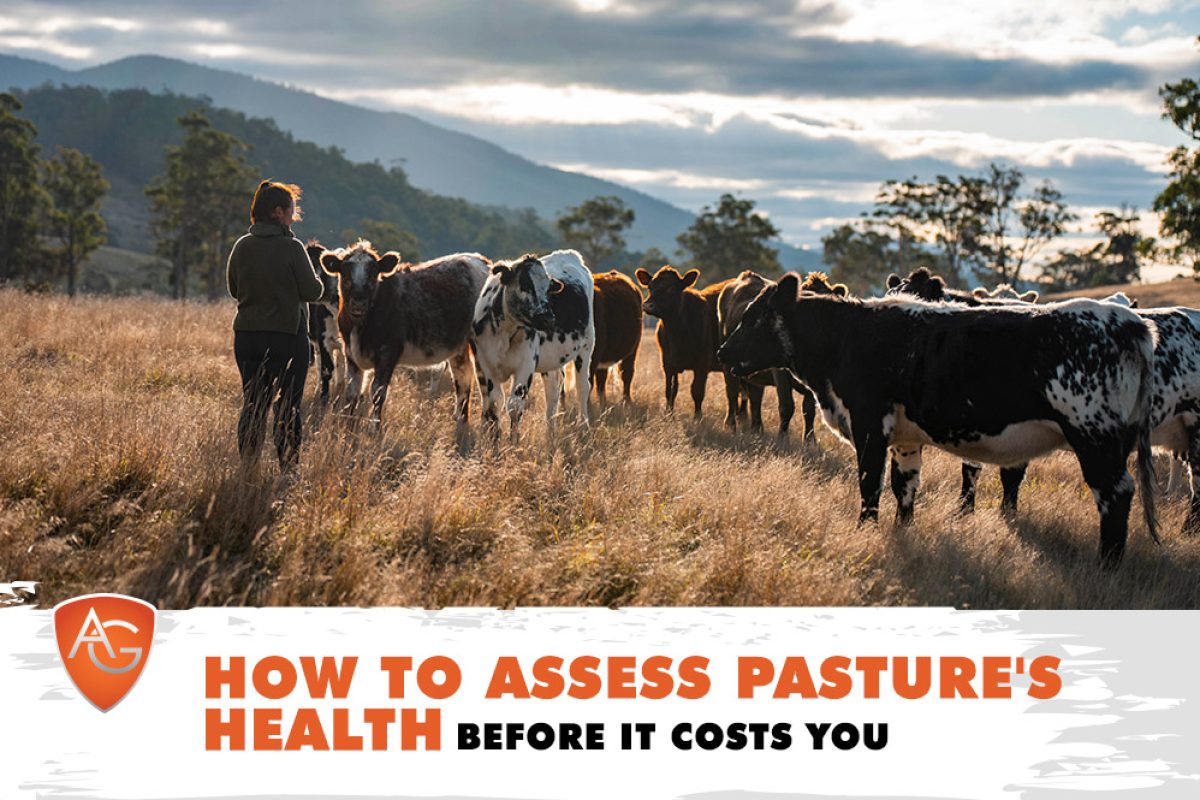Overview: Worried your pasture isn’t pulling its weight? Learn how Wyoming ranchers can assess pasture health before it hurts forage yields, livestock gains, and your bottom line. Read on!
Your pasture might look green from a distance, but that doesn’t always mean it’s healthy or profitable. A patchy stand, invasive weeds, or overgrazed zones can quietly rob you of livestock gains and hay savings without much warning. That’s why assessing pasture health early — before the problem grows — is key to keeping your land productive and your herd thriving.
At All Around Ag, we’ve seen what happens when pasture issues sneak up on hardworking ranchers. Here’s how to spot trouble before it hits your bottom line.
Start with a Walk, Not Just a Drive-By
There’s no substitute for walking your pasture. What you see from a truck window might look decent, but hoof-level scouting tells the truth. Pay attention to:
-
Bare soil patches
-
Weed spread (especially yellow blooms or thistle)
-
Uneven manure distribution
-
Heavy trails or trampled areas
A good pasture should have 70%+ ground cover. If you’re seeing more dirt than grass or more weeds than feed, it’s time to adjust your grazing plan.
Count Your Desirable Grasses
Not all green is good. Look for the right grass: Orchardgrass, Brome, Timothy, Garrison, and Western Wheatgrass are workhorses in this region.
Do a quick plant count per square foot across several zones. If your desired species are dropping below 50% coverage, your livestock might not be getting the nutrients they need, and weeds are likely gaining ground.
Watch for Overgrazing Signs
When pastures are grazed too short, roots suffer—and it invites opportunistic weeds. Watch for:
-
Short grass height (<3″)
-
Exposed soil
-
Livestock following the same paths over and over
If your pasture isn’t getting enough rest between grazing cycles, it won’t bounce back. That hurts your feed value and long-term soil health.
Also Read >> Overgrazing: What is It, Examples, & Why Does It Happen?
Test Your Soil Every Few Years
Soil health is the foundation of every strong stand. If you’re seeing weak growth or nutrient-poor hay, it could be due to:
-
Low organic matter
-
Imbalanced pH
-
Depleted nitrogen or phosphorus
A basic soil test every 2–3 years helps you know what your pasture is missing — before you waste money on inputs that won’t work.
Compare Forage to Livestock Needs
Healthy pastures produce feed. Weak ones make you rely too heavily on stored hay. Use this simple rule of thumb:
One cow-calf pair needs about 1.5–2 acres of decent pasture to graze through summer in Laramie region.
If you’re feeding hay mid-season, or your cattle are losing condition during what should be prime grazing months, that’s a sign your pasture isn’t pulling its weight.
Check for Shifts in Plant Types
Certain species — like cheatgrass, foxtail, or dandelion — creep in slowly but signal major imbalance. If your native or planted grass is thinning and low-value species are replacing them, you’ve got a fight on your hands. Early detection can mean the difference between a quick fix and a full reseed.
Need Help Closing the Forage Gap?
If your pasture’s not producing like it used to, All Around Ag has your back. We stock a full line of high-quality hay — North Park Timothy, Cow Hay, Alfalfa, and custom mixes — ready for pickup or delivery across Laramie County and Northern Colorado.
Stop feeding guesswork. Start feeding quality.
